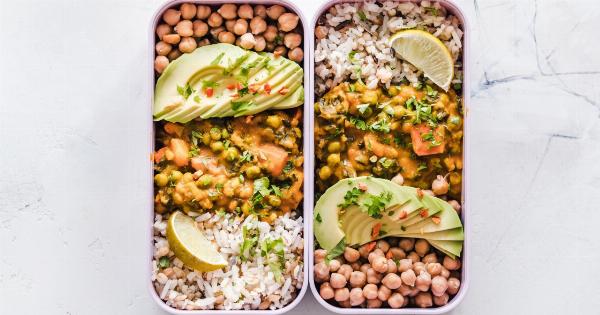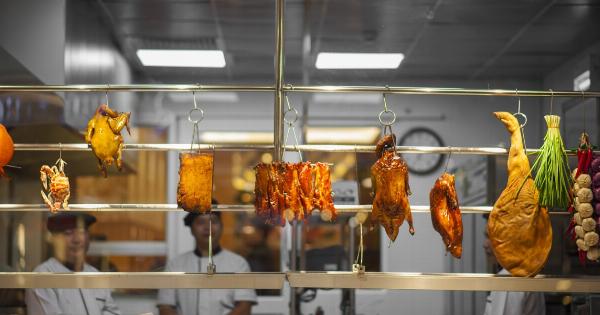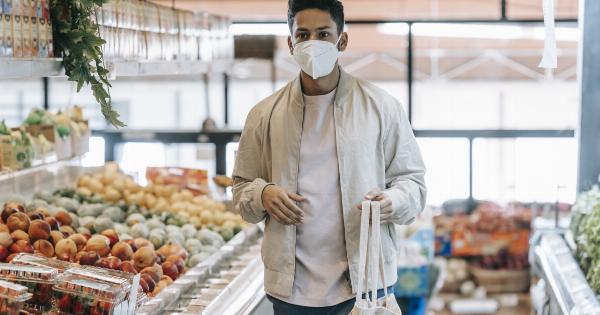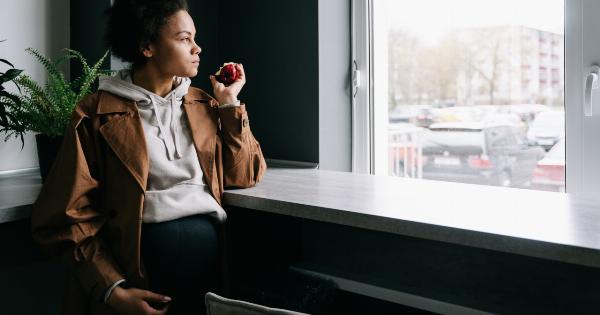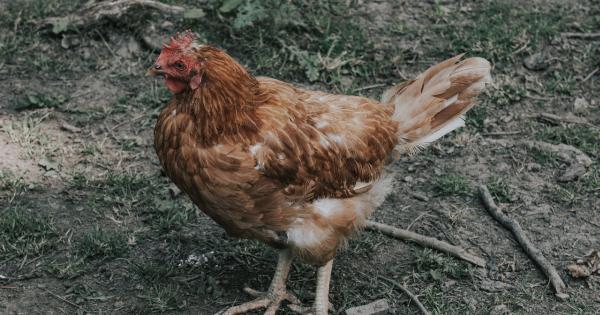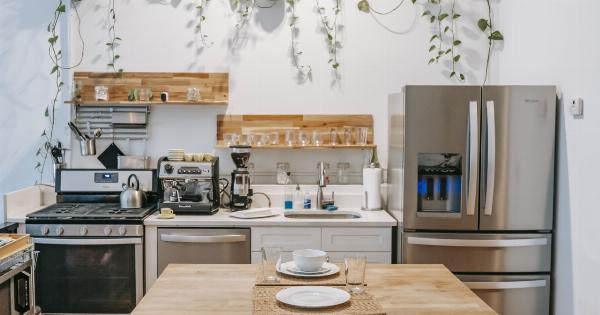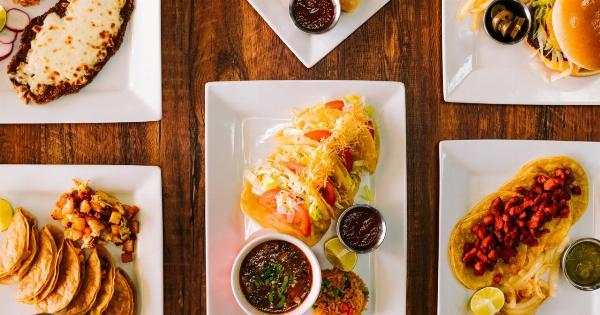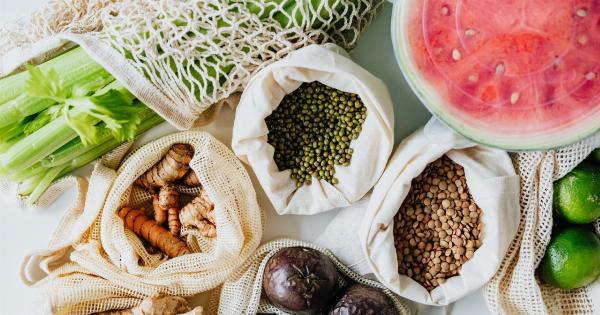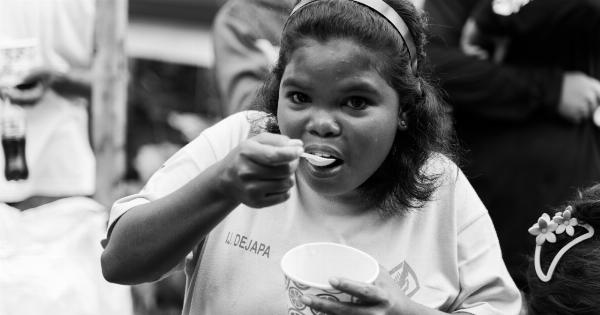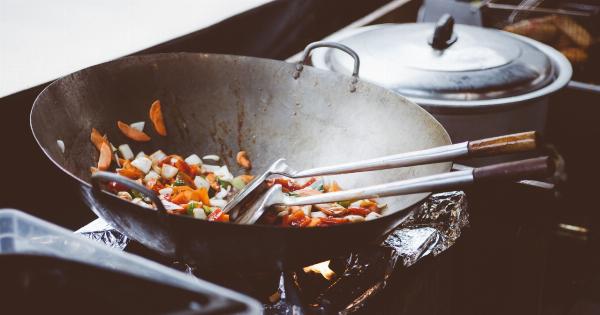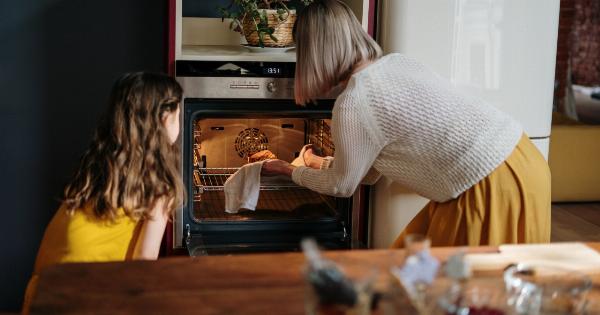Plastic membrane food coverings are an efficient and convenient way of storing and keeping food fresh for longer periods. However, there are certain precautions and guidelines that should be followed to ensure that the food remains safe to consume.
In this article, we will discuss the top things to keep in mind when using plastic membrane food coverings.
1. Choose the right kind of plastic membrane
There are many different types of plastic membranes available in the market, and not all of them may be suitable for storing all types of food items.
It is essential to choose a plastic membrane that is specifically designed for food storage and has been tested and certified as safe for use with food. Some types of plastic can release harmful chemicals when exposed to food, especially when heated, so it is crucial to select the appropriate kind of plastic membrane for the food being stored.
2. Make sure the surface is clean and dry
Before using the plastic membrane, it is important to ensure that the surface of the container or dish is clean and dry.
Dirt, moisture, and food residue can cause the plastic membrane to stick poorly or trap bacteria, which can lead to food spoilage or contamination. Wipe the surface clean with a paper towel or cloth and let it air dry completely before applying the plastic membrane.
3. Use airtight containers
For best results, it is recommended to use airtight containers with plastic membranes. Airtight containers ensure that no air or moisture can enter the container, which can cause food to spoil or become stale.
Additionally, airtight containers help to prevent the transfer of odors, flavors, and colors between different food items stored in the same refrigerator or pantry.
4. Do not use plastic membranes in high temperatures
Plastic membranes are not suitable for use in high temperatures and should be avoided when cooking or heating food.
Exposure to high temperatures can cause the plastic to melt or release harmful chemicals, which can damage the food or pose a health risk. Instead, use microwave-safe containers with lids for heating or cooking food in the microwave, or opt for oven-safe glass containers if baking or roasting in the oven.
5. Do not reuse plastic membranes
It is not recommended to reuse plastic membranes, especially for storing raw meat or poultry. Reusing plastic membranes can lead to the accumulation of harmful bacteria and may cause cross-contamination between different food items.
It is essential to discard used plastic membranes after each use and replace with new ones to ensure food safety and freshness.
6. Avoid microwave use with plastic membranes
While some plastic membranes claim to be microwave-safe, it is still recommended to avoid using them in the microwave whenever possible. Microwave radiation can cause plastic to melt, warp, or release harmful chemicals, which can pose a health risk.
Instead, use glass or ceramic containers with microwave-safe lids for reheating or cooking food in the microwave.
7. Do not tightly wrap acidic or oily foods
Acidic or oily foods such as tomatoes, citrus fruits, vinegar, or oil can react with some types of plastic membranes and cause discoloration or degradation of the plastic.
It is best to avoid tightly wrapping these types of foods with plastic membranes and instead use glass or ceramic containers with lids, which are resistant to corrosion or chemical reactions.
8. Keep the plastic membrane away from direct contact with food
Direct contact between the plastic membrane and the food can sometimes cause the plastic to break down, leach chemicals, or transfer flavors to the food.
To avoid this, place a layer of parchment paper or plastic wrap between the food and the plastic membrane, or use containers with lids instead.
9. Store food properly in the refrigerator or pantry
Proper food storage is essential for maintaining freshness and safety. Foods that require refrigeration should be stored in a clean and organized refrigerator at a temperature of 40°F or below.
Dry foods such as cereals, grains or snacks should be stored in a cool, dry pantry away from direct sunlight or humidity. Using plastic membranes can help to protect these foods from moisture or insect infestations.
10. Dispose of plastic membranes properly
Plastic membranes are not biodegradable and can take hundreds of years to decompose in landfills.
It is important to dispose of plastic membranes properly by placing them in the recycling bin or using biodegradable alternatives such as beeswax wraps, silicone covers, or glass containers with lids.





